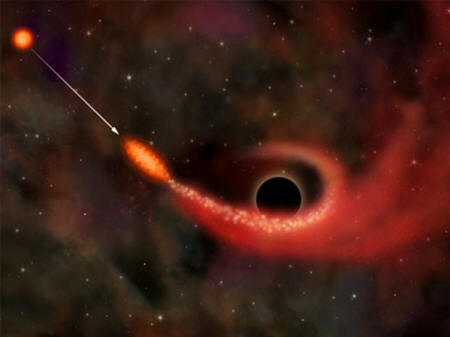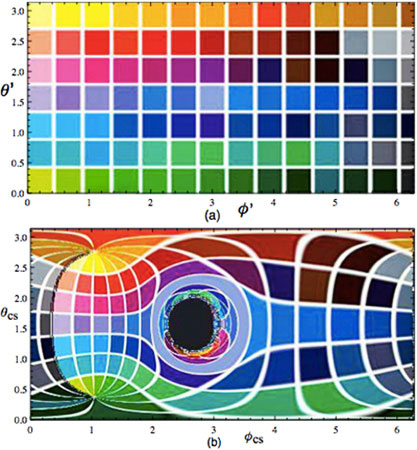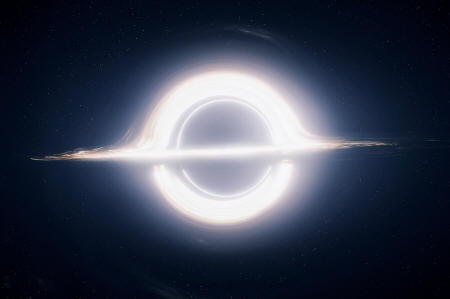|
by Sofia Adamson
October 28, 2014
What does a black hole actually look
like? We now know a great deal about the physics of black holes and the effects that the implosion of a star can have on the matter and energy surrounding it, but we've never actually seen one. In fact, black holes can not be directly observed by any of the telescopes we use to measure light, x-rays, or electro-magnetic energy emitted by other objects in outer space.
Their existence has been calculated in
part by examining the formation of dense clusters and space matter
surrounding the singularity.
NASA
So strong is its pull on surrounding
space that it sucks in other stars, planets, space matter, consuming
even surrounding light and electro-magnetic energy until its density
becomes so great that it begins to warp the time and space around
it.
The image combines over 800 terabytes of
information to provided by theoretical physicist
Kip Thorne, renowned for his
work in astrophysics and gravitational physics, and incorporates his
theories on how light may actually bend once it has crossed the
event horizon of a black hole.
Astrophysicist Kip Thorne's diagram of how a Black Hole distorts light.
Source
The results of the year long effort have
produced the most scientifically accurate to date model of a black
hole, which can be seen in the movie, however, a captivating still
shot of the black hole can be seen below…
'Interstellar'
Paramount Studios
Our sense of wonder along with our
ability to visualize and imagine that which we cannot see and do we
continue to press forward in our collective journey as human beings.
|




